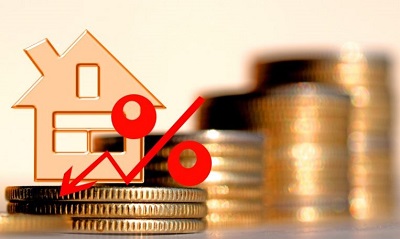
Repo rate cut, what does it mean to you?

By Financial Literacy Initiative.
Before we go into details, let us understand the term Repo rate, repo rate is the rate at which the Central Bank lends money to commercial banks such as FNB, Standard bank, Nedbank, Letshego Namibia and Bank Windhoek.
A change in the repo rate will affect people who have borrowed any form of a loan from the commercial banks such as personal loans, home loans or car loans. This is because it is linked to the prime interest rate, which is the interest rate used by the banks to calculate the loan repayment for customers who are borrowing.
A customer can either be charged a variable interest rate or a fixed interest rate. A variable interest rate is the rate that changes as the repo rate changes, while a fixed interest rate is the rate that stays the same throughout the duration of the debt.
The recent cut in the repo rate will give the economy a boost amidst the effects of the Coronavirus pandemic. Furthermore, this means that the prime interest rate is now 7.5% from 7.75%, which will impact your loans and savings interest rate. This is the most drastic and the lowest repo rate cut since the Country’s Independence in 1990. The drop in rates therefore gives consumers with debt linked to prime rate some extra money in their pocket.
As financial educators, we know how important it is to ensure that you understand the impact this will have on your financial wellness. An interest rate cut means that you will pay a lower interest rate on the money you owe to the bank.
If you would like to make a big financial decision such as buying a house or a car, you would stand a better chance of receiving finance due to the repo rate cut. If you were to take on a N$1 million home loan, this would result in a saving of approximately N$800 per month. This also means a significant monthly saving on other loans you may have with the bank, such as car finance, personal loans and credit cards.
If one continues the monthly bond repayment amount at the rate from earlier in the year, i.e. when the repo rate was higher at 10.25% this will shorten the loan repayment period. It is advisable that if a consumer can afford the initial installments (installment before a repo rate cut), they should keep paying that to enable them to save money for rainy days in the long run.
For an ordinary citizen, or those consumers that are really struggling to keep their heads above water in terms of paying their debts, this will make it a little bit easier to pay their debts. It will also allow individuals to borrow more cheaply if they needed to. However, borrowing should be driven by the needs not the wants.










































